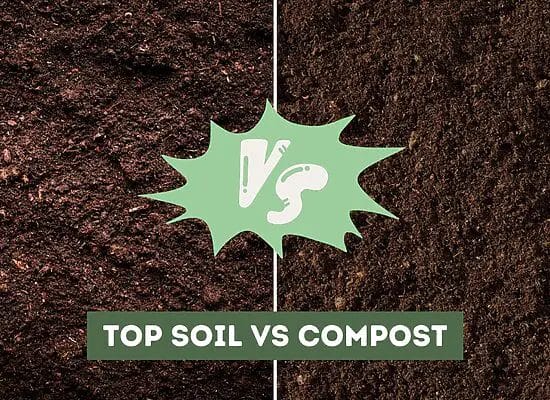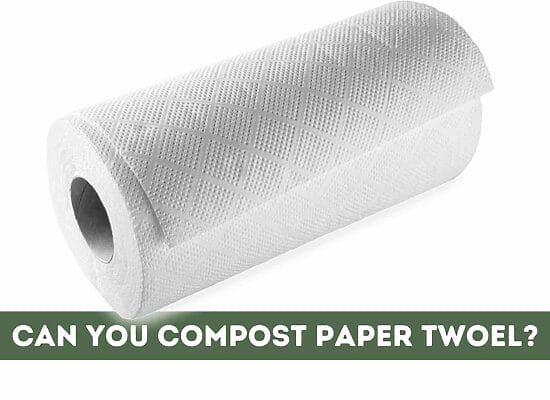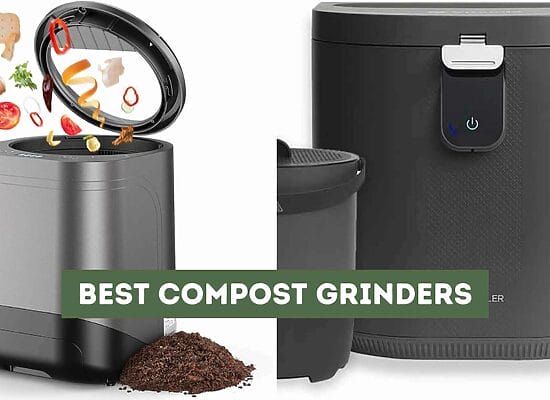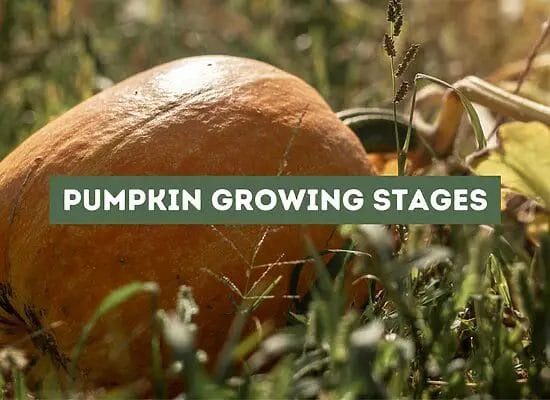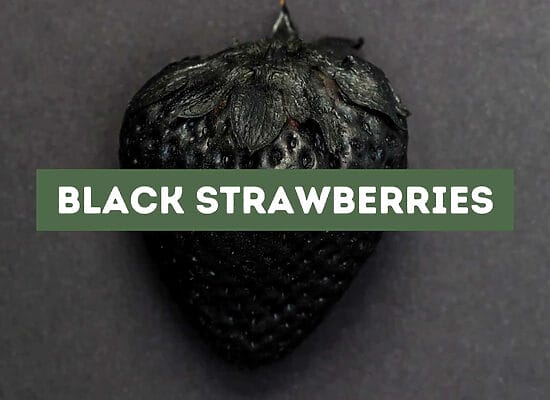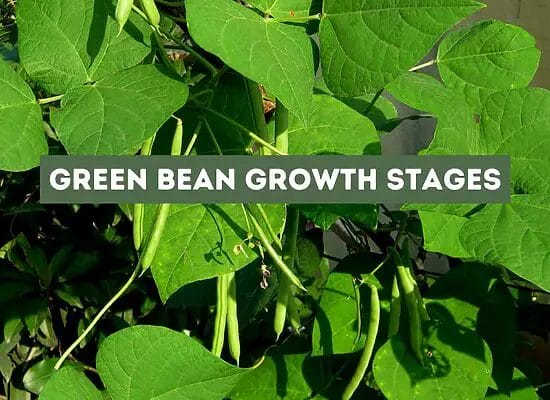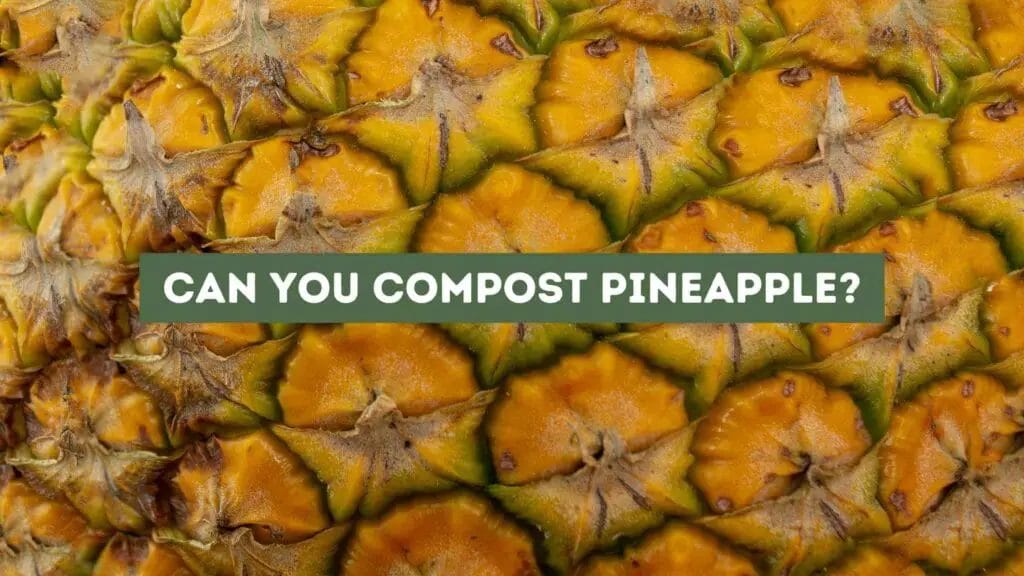
Are you wondering if you can compost pineapple? The answer is yes, you can compost pineapple, but it requires some careful considerations. Pineapple is a composting “loose cannon” due to its high acidity, high sugar content, and tough core, peel, and leaves. However, if done correctly, pineapple can be a great addition to your compost pile.
Pineapples are highly acidic with a pH of around 3 to 4, mainly because of their citric acid content. As pineapple ages and ripens, it actually becomes less acidic. While some acids and natural chemicals will remain as it decomposes, most will be broken down by the time your compost is complete.
The moist inner flesh of pineapple is a great addition to your compost pile and will decompose quickly, giving your compost a nitrogen boost. However, the tough core, peel, and leaves will take longer to decompose and may require some extra effort to break down.
Key takeaways:
- Pineapple can be composted, but it requires careful considerations due to its high acidity, sugar content, and tough core, peel, and leaves.
- The acidity of pineapple decreases as it ages and ripens, making it suitable for composting. Most acids and natural chemicals break down during the composting process.
- The moist inner flesh of pineapple decomposes quickly and provides a nitrogen boost to the compost.
- Tougher parts like the core, peel, and leaves take longer to decompose and may need extra effort to break down.
- To compost pineapple effectively, balance its acidity with alkaline materials like eggshells or wood ash.
- Prepare pineapple by cutting it into small pieces, including the rind and crowns, for faster decomposition.
- Composted pineapple waste adds nutrients, such as vitamin C and calcium, to the soil, improving soil texture and plant health while reducing landfill waste and methane production.
Is Pineapple Compostable
If you are wondering whether pineapple is compostable, the answer is yes. Pineapple is a fruit that can be composted. However, it is important to note that composting pineapple requires some care and attention, as it is acidic and has a tough core, peel, and leaves.
When composting pineapple, it is best to use a ripe or over-ripe pineapple. This is because as pineapple ages and ripens, it actually becomes less acidic. While some acids and natural chemicals will remain as it decomposes, most will be broken down by the time your compost is complete.
The flesh of the pineapple is a great addition to your compost, as it decomposes quickly and provides a nitrogen boost. However, the tough core, peel, and leaves will take longer to break down. To speed up the decomposition process, you can chop the pineapple into smaller pieces or blend it before adding it to your compost pile.
It is also important to balance the acidity of pineapple with other materials in your compost pile. For example, you can add alkaline materials such as eggshells or wood ash to help balance the pH levels.
How to Compost Pineapple
Composting is a great way to reduce waste and create nutrient-rich soil for your garden. If you’re wondering whether you can compost pineapple, the answer is yes! Pineapple is a great addition to your compost pile or bin, but there are a few things you need to keep in mind to ensure that it breaks down properly.
Prepare the Pineapple
Before adding pineapple to your compost, it’s important to prepare it properly. Cut the pineapple into small pieces, including the rind and crowns. The smaller the pieces, the faster they will break down. If you have a lot of kitchen scraps to compost, consider investing in a food processor to make the process easier.
Add Pineapple to Your Compost Pile or Bin
Once you have prepared your pineapple, you can add it to your compost pile or bin. It’s best to mix the pineapple in with other kitchen scraps and yard waste to ensure a good balance of carbon and nitrogen. Pineapple is considered a “green” or nitrogen-rich material, so be sure to add plenty of “brown” or carbon-rich materials like dried leaves or newspaper to balance it out.
Turn the Compost
To ensure that your compost breaks down evenly, it’s important to turn it regularly. This helps to aerate the compost and distribute moisture and nutrients evenly. If you have a compost bin, you can simply turn it with a pitchfork or shovel. If you have a compost pile, you can use a compost aerator or simply turn it over with a shovel.
When is the Compost Ready?
Compost can take anywhere from a few weeks to several months to break down, depending on the materials and conditions. When your compost is ready, it should be dark and crumbly with a sweet, earthy smell. You should not be able to identify any of the original materials, including the pineapple.
The Nutritional Value of Composted Pineapple
Composting pineapple is an excellent way to reduce waste and provide nutrient-rich soil for your plants. Pineapple contains many essential nutrients, including vitamin C, manganese, and dietary fiber. When composted, these nutrients are broken down and released into the soil, providing a natural fertilizer for your plants.
In addition to its nutritional value, composted pineapple waste also contains citric acid, which can help to break down organic matter in the soil. This can improve soil texture and water penetration, making it easier for your plants to absorb nutrients and moisture.
Calcium is another important nutrient found in pineapple waste. When added to compost, it can help to balance the soil’s pH levels and improve soil structure. This can result in healthier plants with stronger root systems.
Composted pineapple waste can also be used as a natural fertilizer for your plants. The nutrients and minerals in the waste can help to nourish your plants and promote healthy growth. Additionally, the antioxidants found in pineapple can help to protect your plants from environmental stressors and disease.
To make the most of your composted pineapple waste, it’s important to use it correctly. Here are a few tips:
- Mix the composted pineapple waste with other organic materials, such as leaves, grass clippings, and kitchen scraps, to create a nutrient-rich soil amendment.
- Apply the compost to your plants’ soil in the spring and fall for best results.
- Use a balanced fertilizer in conjunction with the compost to provide your plants with all the nutrients they need.
- Be sure to monitor your plants’ growth and adjust your composting practices accordingly.
The Environmental Impact of Composting Pineapple
Composting pineapple is not only an excellent way to reduce waste but also has a positive impact on the environment. When pineapple is disposed of in landfills, it contributes to the production of methane gas, which is a potent greenhouse gas that contributes to climate change. By composting pineapple, you can reduce the amount of waste that ends up in landfills, reducing the amount of methane gas produced.
Additionally, composting pineapple can help to improve soil quality. Pineapple is rich in nutrients, such as nitrogen, potassium, and phosphorus, which are essential for plant growth. When pineapple is composted, these nutrients are released into the soil, improving its fertility. This means that you can grow healthier plants without relying on synthetic fertilizers, which can have negative ecological effects.
However, it is important to compost pineapple carefully to avoid any negative ecological effects. Pineapple is high in sugar, which can attract pests to the compost pile. Additionally, the acidity of pineapple can unbalance or harm microbe action, slowing down the composting process. Therefore, it is recommended to add pineapple to your compost pile in moderation and mix it with other organic materials to balance the pH.
Preparing Pineapple for Composting
When it comes to composting pineapple, preparation is key to ensure that the fruit breaks down properly. Here are some tips on how to prepare your pineapple for composting:
Remove the Skin and Rinse the Fruit
Before composting your pineapple, remove the skin and rinse the fruit thoroughly. The skin of the pineapple is tough and fibrous, and it can take a long time to break down in your compost pile. The flesh of the fruit, on the other hand, will decompose quickly and add valuable nutrients to your compost.
Cut Off the Inedible Parts
When preparing your pineapple for composting, make sure to cut off any inedible parts, such as the tough core and the leafy tops. These parts of the pineapple will not break down easily in your compost pile and can take a long time to decompose.
Remove Any Labels or Stickers
If your pineapple has any labels or stickers on it, make sure to remove them before composting. These labels can contain adhesives or other chemicals that can be harmful to the microorganisms in your compost pile.
Chop the Pineapple into Small Pieces
To speed up the decomposition process, chop your pineapple into small pieces before adding it to your compost pile. This will increase the surface area of the fruit and make it easier for the microorganisms in your compost to break it down.
Improving Soil Texture with Pineapple Compost
If you’re looking for a natural way to improve the texture of your soil, pineapple compost can be a great solution. Pineapple contains calcium, which can help to improve the water penetration ability of the soil, making it less compact. This can lead to an increased yield of crops from such soils.
When you add pineapple compost to your soil, the surface area of the soil increases. This allows for better water retention and drainage, which can help to prevent waterlogging and soil erosion. The added nutrients from the compost can also help to improve the health of your plants.
To make pineapple compost, you can use the tough, leathery, and pointy outer rind or skin of the fruit. Once you have eaten the fruit inside, the outside remains discarded. Rinse the skin thoroughly and chop it into small pieces to speed up the decomposition process. You can also add pineapple leaves to your compost pile, which can provide additional nutrients to your soil.
It’s important to note that pineapple and its skin are acidic due to their high citric acid content. When added to your compost pile, the acidity can lower the pH level of your compost. Therefore, it’s important to balance the pH level of your compost by adding other materials, such as wood chips or sawdust.
Deacidifying Pineapple Compost
If you have decided to add pineapple to your compost pile, you may have noticed that it is highly acidic. Pineapples have a pH of about 3 or 4, which can make the compost too acidic for some plants. However, there are ways to deacidify your pineapple compost and make it suitable for a wider range of plants.
One way to deacidify your pineapple compost is to add lime. Lime is an alkaline substance that can neutralize the acidity of the pineapple. You can add lime to your compost pile by sprinkling it over the pineapple scraps or mixing it in with the compost. Be careful not to add too much lime, as it can also affect the pH level of your compost. A general rule of thumb is to add no more than 1/4 cup of lime per cubic foot of compost.
Another way to deacidify your pineapple compost is to mix it with other compost materials that are less acidic. For example, you can mix your pineapple scraps with leaves, straw, or other plant matter that has a higher pH level. This will help to balance out the acidity of the pineapple and create a more neutral compost.
Pro Tip: To ensure that your pineapple compost is properly deacidified, you can test the pH level using a soil testing kit. This will help you to determine whether you need to add more lime or other materials to balance out the acidity.
FAQ: Can You Compost Pineapple?
What fruits should not be composted?
While most fruits can be composted, there are a few that you should avoid. Citrus fruits, such as lemons, limes, and oranges, are highly acidic and can slow down the composting process. Similarly, fruits with tough skins, such as avocado and mango, can take a long time to decompose. It’s best to avoid adding these fruits to your compost pile.
How can I compost spoiled fruit?
If you have spoiled fruit that you want to compost, it’s important to remove any moldy or rotten parts first. These can contain harmful bacteria that can slow down the composting process or even make it unsafe. Once you’ve removed the bad parts, you can add the rest of the fruit to your compost pile as you would with any other fruit.
Can pineapple waste be used for compost?
Yes, pineapple waste can be used for compost. Pineapple flesh breaks down quickly, while the rinds and crowns take longer to decompose. It’s important to chop up the pineapple waste into small pieces before adding it to your compost pile to help speed up the decomposition process.
What are some other uses for pineapple peels?
Pineapple peels can be used for a variety of purposes. They can be boiled to make a tea that is high in antioxidants and can help with digestion. They can also be used to make a natural cleaning solution that is safe and effective. Additionally, pineapple peels can be used to make a delicious and healthy pineapple vinegar.
Can pineapple peels be used to make liquid fertilizer?
Yes, pineapple peels can be used to make liquid fertilizer. To make the fertilizer, chop up the pineapple peels and soak them in water for several days. The resulting liquid can be used to fertilize plants.
What is the best way to compost fruit waste?
The best way to compost fruit waste is to chop it up into small pieces before adding it to your compost pile. This will help speed up the decomposition process and ensure that the fruit waste is evenly distributed throughout the pile. It’s also important to maintain the right balance of carbon and nitrogen in your compost pile, so be sure to add plenty of dry leaves or other carbon-rich materials along with the fruit waste.


